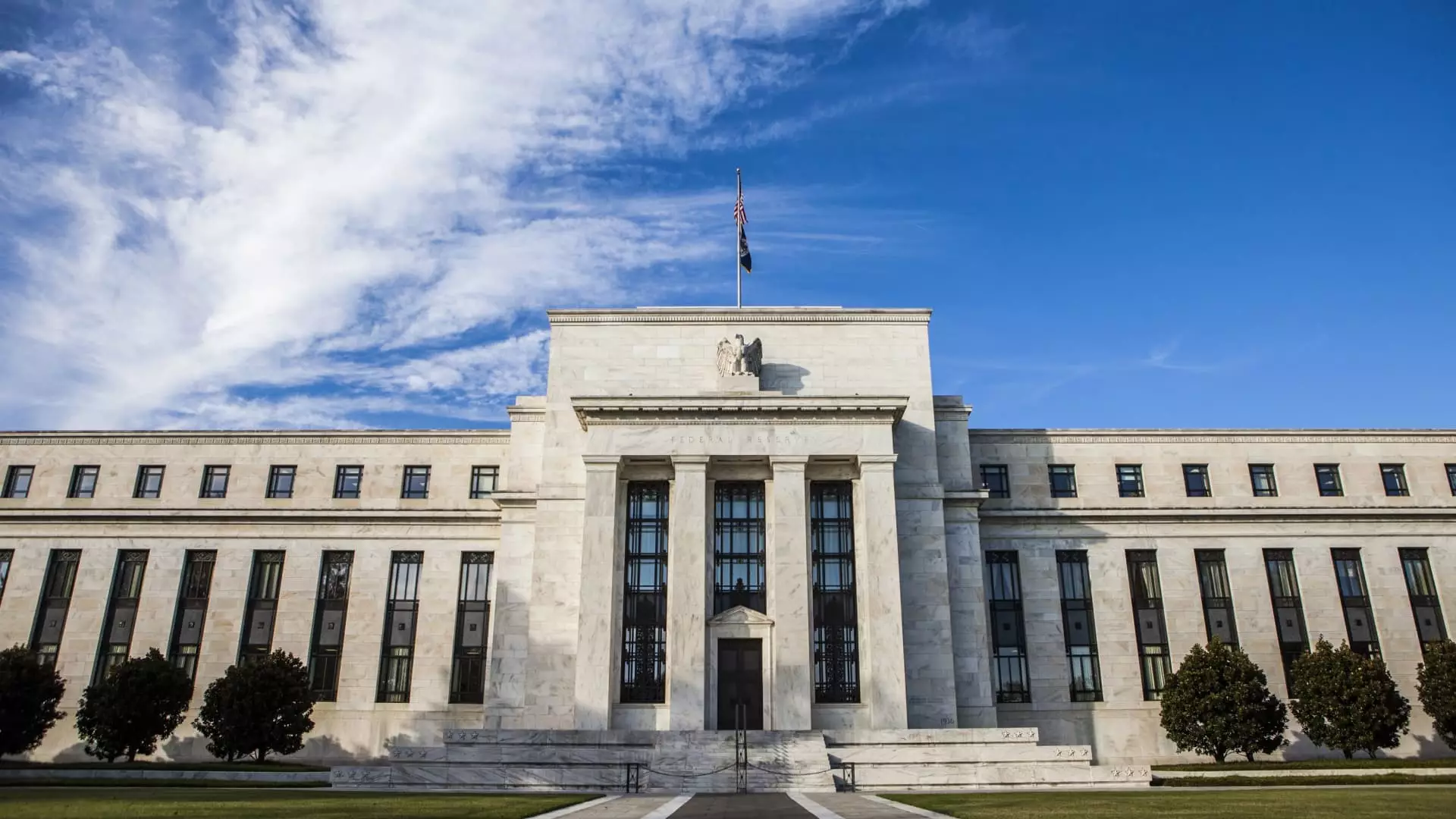Recent legal developments have emerged as a coalition comprising several banks and business organizations has taken a significant step by suing the Federal Reserve concerning its annual bank stress tests. The key players in this lawsuit include the Bank Policy Institute (BPI), which advocates for prominent banks like JPMorgan Chase, Citigroup, and Goldman Sachs, along with several other banking associations and chambers of commerce. This coalition indicates that their motivation is to address perceived “longstanding legal violations” related to the stress testing process, which they argue lacks transparency and public participation as mandated by federal guidelines.
While the groups involved in the lawsuit assert that they do not oppose the concept of stress testing itself, they criticize the current framework for being inconsistent. They claim that the existing procedures generate “vacillating and unexplained requirements and restrictions on bank capital.” These stress tests play a crucial role in pushing banks to maintain sufficient reserves to weather potential financial turmoil and influence significant financial decisions, including share buybacks and dividend distributions.
The Federal Reserve’s annual stress tests serve as a critical measure to ensure that financial institutions are sound enough to withstand adverse economic conditions. However, the plaintive arguments from the banks suggest a dissatisfaction with the opacity and unpredictability of the tests, which they argue lead to unnecessarily stringent capital requirements that ultimately stifle lending and, by extension, economic growth.
In a timely response to the situation, the Federal Reserve has announced plans to revamp its bank stress testing protocols amidst the ongoing lawsuit. They have indicated intentions to seek public feedback on proposed modifications aimed at enhancing transparency and lower the volatility in capital buffer requirements. In an official statement, the Fed noted that its decision was influenced by “the evolving legal landscape” and recent shifts in administrative law. Yet, the specifics of these impending changes remain undisclosed.
Despite the Fed’s acknowledgment of the need for adjustments, questions loom over whether these reforms will be substantial enough to quell the banks’ grievances. The stipulated changes have been characterized as unlikely to make material impacts on overall capital requirements—a point that could render the banks’ calls for reform insufficient. BPI CEO Greg Baer has expressed cautious optimism, viewing the Fed’s announcement as a positive step towards achieving greater transparency, while cautioning that further measures may still be warranted.
This lawsuit and the associated debate highlight the complex relationship between regulatory bodies and financial institutions. The banking sector continues to grapple with the implications of stringent regulatory frameworks designed to prevent a repeat of past financial crises. The outcome of this legal challenge could have lasting effects not only on the structure of stress tests but also on the broader health of the financial system and its capacity to contribute to economic recovery.
As stakeholders watch the developments closely, it remains to be seen whether the intervention of the courts will lead to a more balanced approach that satisfies both the regulatory objectives of the Federal Reserve and the operational needs of banks. The ongoing discourse surrounding stress testing underscores the critical balance required in financial oversight—ensuring stability while also fostering an environment conducive to growth and economic resilience.

Leave a Reply